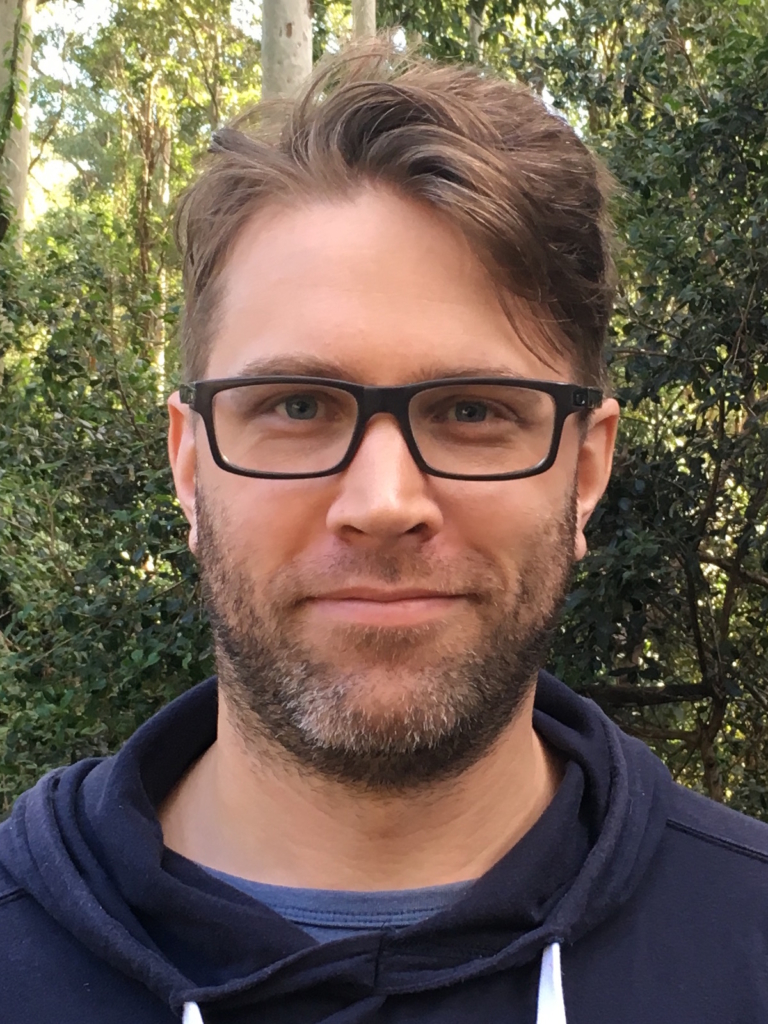Date & Venue
Monday, 21 January 2019, 01:00pm
EF122
Abstract
In non-linear systems where some form of averaging is present (inertia) or can be introduced (low-pass filter), it can sometimes be beneficial to purposefully introduce an additional noise or disturbance signal. This signal is known as dither, and the combination of a dither signal and averaging tends to make a system smoother in some sense: In terms of the mean value, a discontinuous system can become continuous, or it can narrow a sector non-linearity (making it “more linear”). This smoothing property has been known in control engineering since the 1940’s and at that time it was successfully used to reduce friction (mechanical lubrication) in cannon turrets and to quench limit cycles due to non-linear valves in hydroelectric power plants. In more recent years, it has been extensively applied to achieve “super-resolution” in digital signal processing: e.g. for image processing (most notable the Hubble space telescope), distortion-free re-quantisation between data types, or high-fidelity audio recording.
In this talk, I will present the main theoretical and experimental results of my research into the applications of dithering: Using dithering techniques, we have been able to build the highest resolution digital-to-analogue converter known in the literature, we have shown that it is possible to control and suppress the effect of timing glitches (in e.g. digital-to-analogue converters), and we have found a new method to maximise the resolution in a novel counting Fabry-Perot laser interferometer (measuring displacement with metrological accuracy).
Speaker Biography
Arnfinn A. Eielsen was born in 1980 in Stavanger, Norway. He received the MSc degree and the PhD degree in Engineering Cybernetics from the Norwegian University of Science and Technology (NTNU), Trondheim in 2007 and 2012, respectively. He is currently employed as an Associate Professor in the Department of Electrical Engineering and Computer Science at the University of Stavanger, Norway. He has previously been employed in the School of Electrical Engineering and Computing, The University of Newcastle, Australia. Research interests include mathematical modelling, identification, estimation and adaptive systems, instrumentation, actuators and sensors, motion control, signal processing and control theory in general.

